Adjusting a Stromberg carburettor
The Video Course teaches you everything about modern cars.
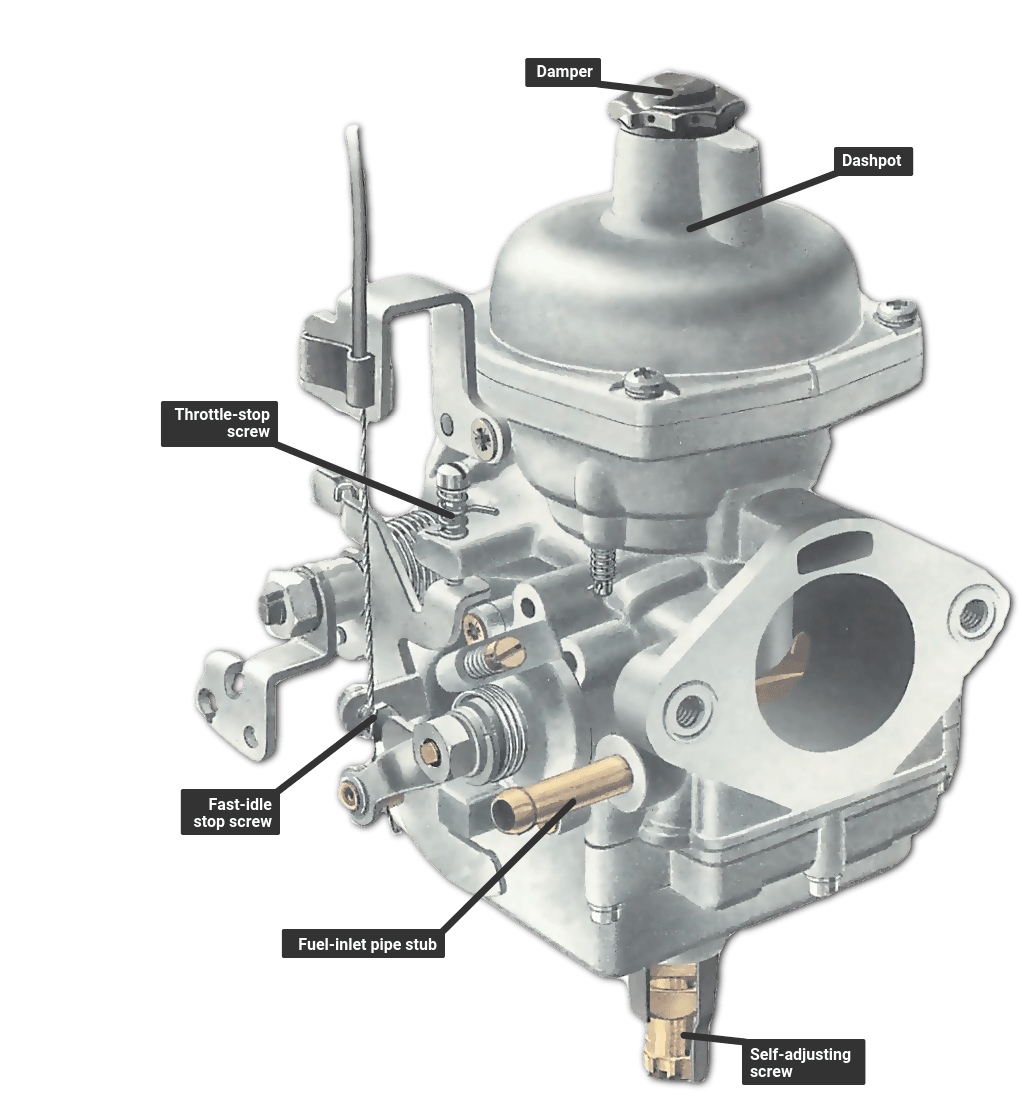
The Stromberg CD carburettor , like the SU (See Adjusting an SU carburettor ), is a constant-depression carburettor, hence the CD.
The two work in much the same way, but the Stromberg differs in having an air valve - commonly called the piston - surrounded by a rubber diaphragm in the dashpot .
The size and type of a Stromberg are given by numbers and letters. Numbers such as 125, 150 and 175 are sizes: they mean a choke diameter of 1 1/4, 1 1/2 and 1 3/4 in. The size makes no difference to the way you tune the carburettor.
Types include CD, CDS, CD2S and CD3, all used on older cars made before anti-pollution laws demanded emission-control fittings.
Later types with emission control have the letter E, as in CDSE and CD2SE. Tuning methods vary according to type, but Strombergs are not stamped with their type marks.
Information in the car handbook should help you to identify your type.
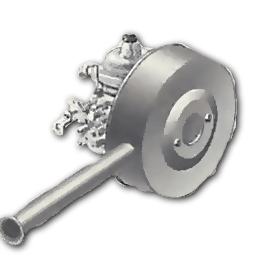
Before starting to tune the carburettor, check out all the other systems such as sparkplugs, contact-breaker gap and the ignition timing (See How to drain engine oil and remove filter ).
Although valve clearances seldom need resetting between major services, always check them before attempting to tune the carburettor.
Check, too, that the damper tube is topped up with oil to within 1 in. (6 mm) of the end of the rod.
Use ordinary multigrade engine oil or the special SAE 20 oil made for the purpose by Zenith (the makers of Stromberg carburettors). Tune with the engine running at working temperature.
Adjusting the gap
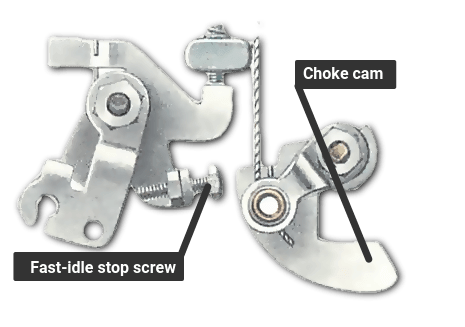
The fast-idle stop screw opens the throttle when the choke is pulled out. There must be a gap between its head and the choke cam when the choke is pushed home.
The CD and CDS have different cold-starting devices, but the adjustment works in the same way.
Set the gap according to the car-makers recommendations - usually about 1mm.
Some Strombergs have a two position screw to limit the use of the choke according to the season. It has a spring under its head. Set it with the spring compressed for summer and the tension released for winter (only necessary in freezing weather)
Tuning the CD, CDS and CD2S
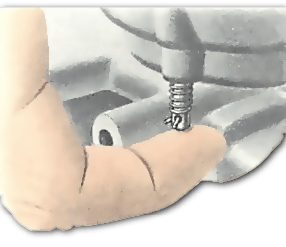
There are three adjustments on CD, CDS and CD2S carburettors: a throttle-stop screw, a jet-adjusting screw and a fast-idle stop screw.
Check that the choke is fully shut and that the fast-idle stop screw is clear of the choke linkage . Hook your finger under the edge of the dashpot and press the lifting pin upwards to raise the piston by about 1/32 in. (1 mm).
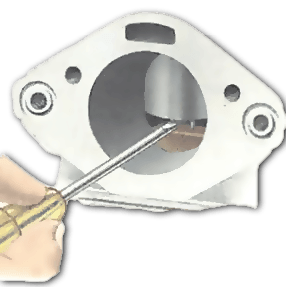
If there is no pin, take off the air filter and lift the piston 1/32 in. (1 mm) with a thin screwdriver. Listen to the engine note while you do so. If the mixture is correct the engine speed should rise slightly for a moment, then return again to normal.
If it rises and stays fast the mixture is too rich.
If the engine dies when the pin is lifted, it is too weak.
Switch off the engine before adjusting the mixture, and check that the jet needle is central. Remove the air cleaner , lift the piston and let it fall. If the jet is central, the piston falls with a sharp click.
Keep the jet central while you adjust the mixture by taking the damper rod out of the top of the carburettor and pushing a pencil or soft metal rod firmly down the hole to hold the jet in place. Make sure that the jet remains centralised.
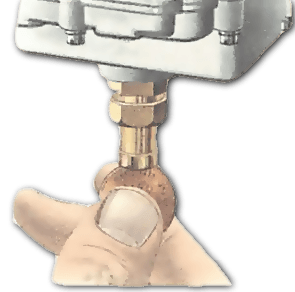
Start the engine and bring it up to working temperature.
The mixture-adjusting screw is set centrally in the base of the carburettor on CD, CDS and CD2S models. It is brass and has a wide slot in it. Although a screwdriver can be used to turn it, a small coin is easier.
Turn only an eighth of a turn at a time, then wait about 15 seconds for the engine speed to settle down. Lift the pin again and see whether the engine speed alters.
Screw the jet upwards (that is, anti clockwise looking down on the carburettor) to weaken the mixture, or down (clockwise) to make it richer.
With the mixture setting correct, the idling speed may now be too fast or slow. For most cars it should be 850-950 rpm - judge it by ear if your car does not have a tachometer (or rev counter). Adjust the idling speed by turning the throttle-stop screw.
If tuning fails to make the engine run properly, the carburettor may need cleaning (See Air filter change ), or the air filter renewing.
Centralising the jet
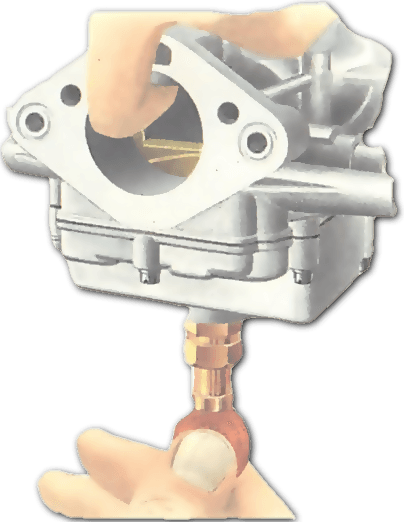
Lift the piston so that the needle is clear of the jet, and screw the jet adjusting screw up until the top of the jet is just above the top of the bridge in the carburettor bone.
Use a spanner to slacken the large nut just above the jet adjusting screw by half a turn. That releases the jet in its housing, but allows it to drop slightly.
Wind the jet adjuster up again until the top of the jet is level with the bridge. Let the piston fall back gently so that the needle centralises the jet.
Remove the piston damper and hold the piston down with a pencil or soft metal rod slipped into the damper tube. Tighten the jet assembly. Check several times that the piston drops with a click.

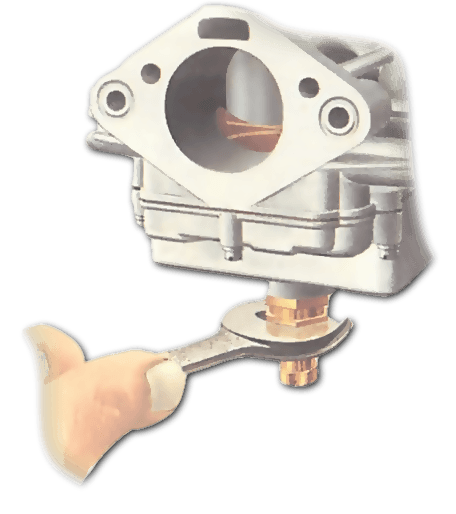
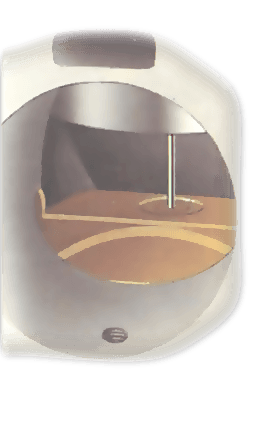
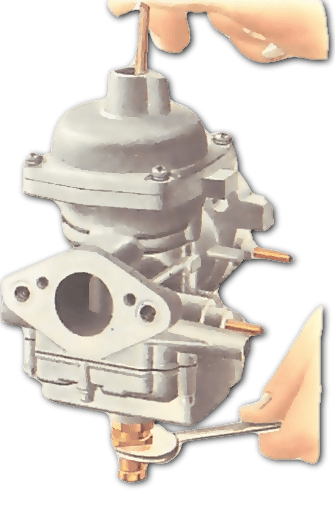
Adjusting a Stromberg CD3
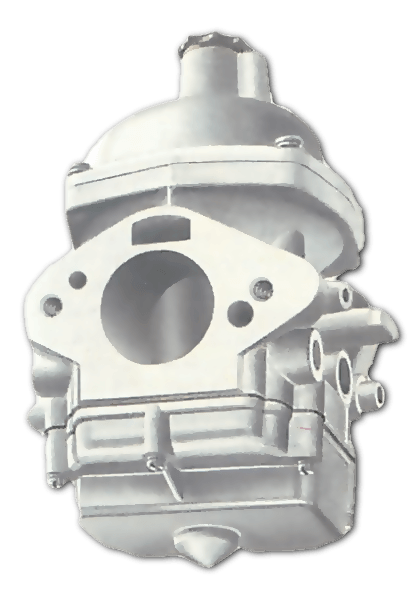
The CD3 carburettor has a fixed jet, and the needle is loosely mounted in the air valve, or piston, so that it centres itself.
You need a special tool to reset the mixture, which is done by altering the height of the needle in the piston. The tool is a long L-shaped hexagonal Allen key which goes inside a thick-walled tube. Its maker's part number is B20379.
To use the tool, remove the dashpot damper and insert the tube in its place. Turn the tube until a pin on its side falls into a slot in the air-valve shaft.
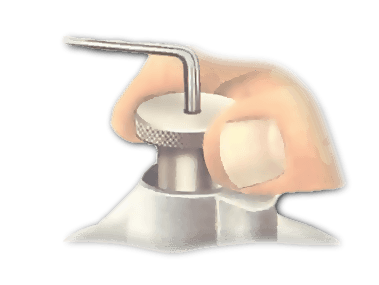
Push the Allen key to the bottom of the shaft and fit it into the needle adjustment.
Before you turn the Allen key, hold the outer tube of the tool firmly; otherwise the air valve can turn and tear the rubber diaphragm.
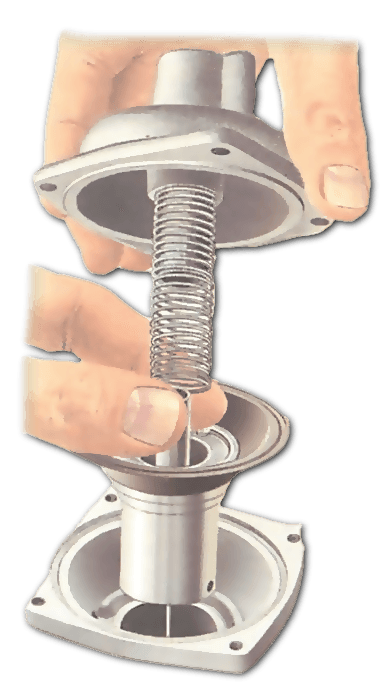
Tune the carburettor with the engine running at working temperature, in the same way as with the CD and CDS.
For this carburettor, turn the Allen key clockwise to lift the needle and thereby enrich the mixture and anticlockwise to lower the needle for a weaker mixture.
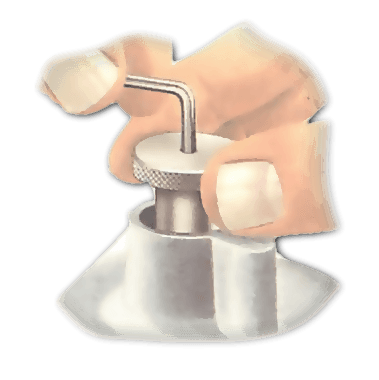
Take care not to turn the adjustment too far, or the needle can come loose from the adjuster. The range is only about two full turns.
If you find you have to make more than a tiny adjustment, avoid losing the needle. Take off the cover of the carburettor and lift out the air valve, holding it by its shaft so as not to damage the diaphragm. Then set the needle in a midway position with the Allen key.
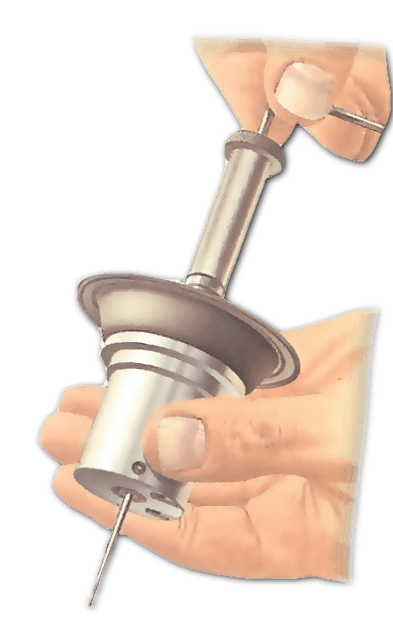
The right position is when depending on the needle fitted - the washer around the needle or the groove in it is flush with the bottom face of the air valve.
Reassemble the carburettor and adjust the needle - starting from this point - no more than one turn either way.
After each adjustment is made, run the engine at about 2,000 rpm for ten seconds or so to clear the extra fuel which tends to get into the inlet manifold when you are making an adjustment.
The Ultimate Car Mechanics video course
Learn everything about modern cars from our new video series.
Learn more >-
We build a Mazda MX5 Miata from scratch
We start by tearing down and then rebuilding the whole car.
-
Every part explained
There's ridiculous detail on every part. Clearly and easily explained.
-
All modeled in 3D
We've created the most detailed 3D model ever produced so we can show you everything working.






